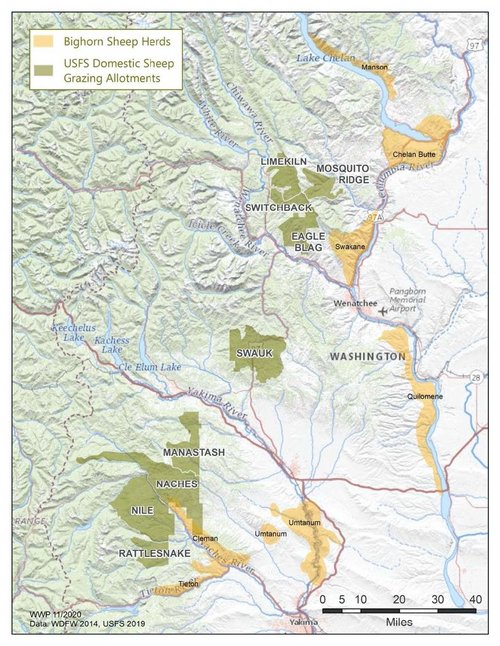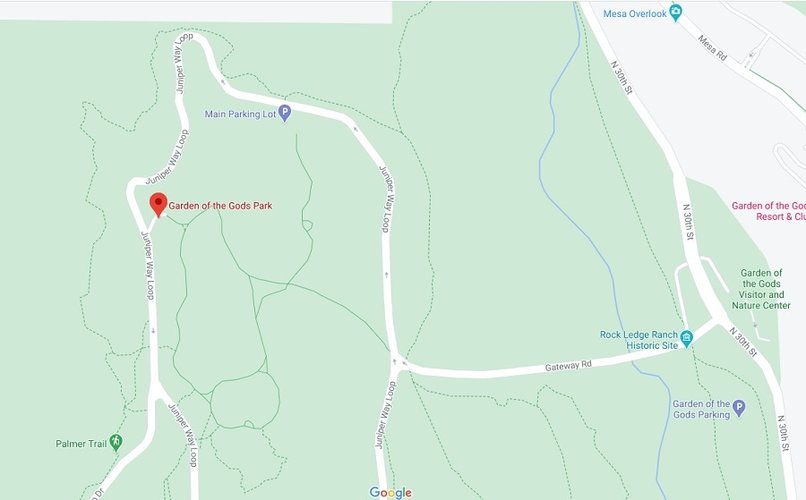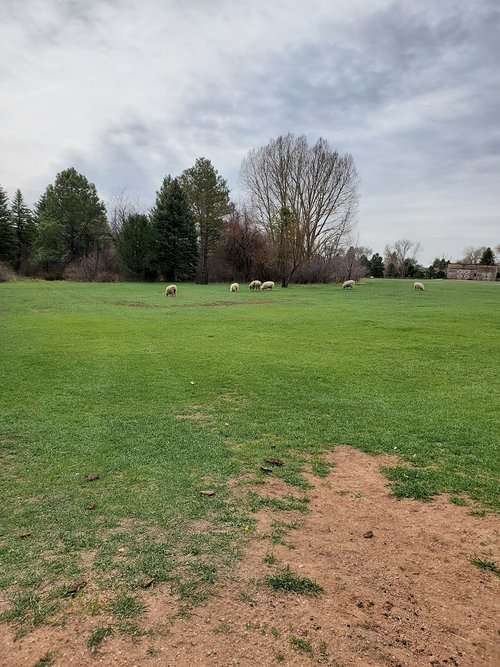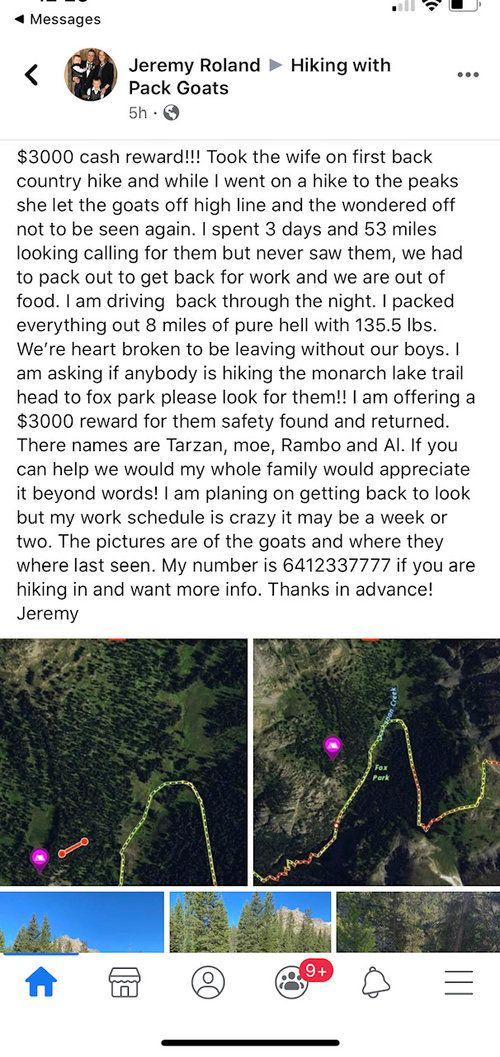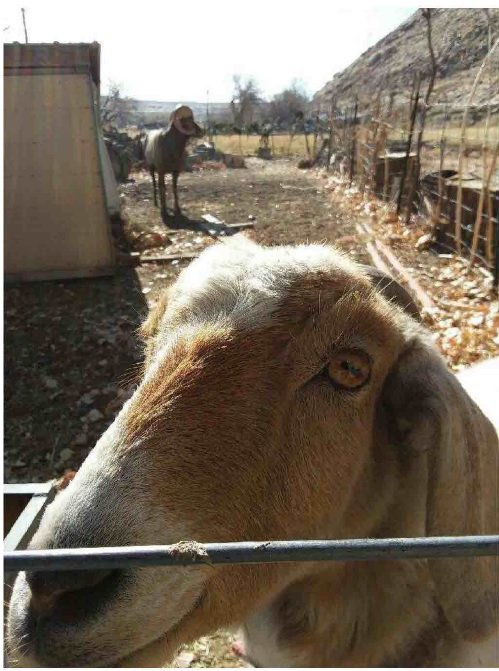I'm going to consolidate my posts about wild sheep and disease into this thread moving forward. Feel free to discuss anything posted here.
Up first:
Pneumonia outbreak crosses I-84, spreads to new Baker County bighorn sheep herd
Lab confirms same strain infected sheep in both Baker County Oregon herds
Up first:
Pneumonia outbreak crosses I-84, spreads to new Baker County bighorn sheep herd
Lab confirms same strain infected sheep in both Baker County Oregon herds
Last edited:




